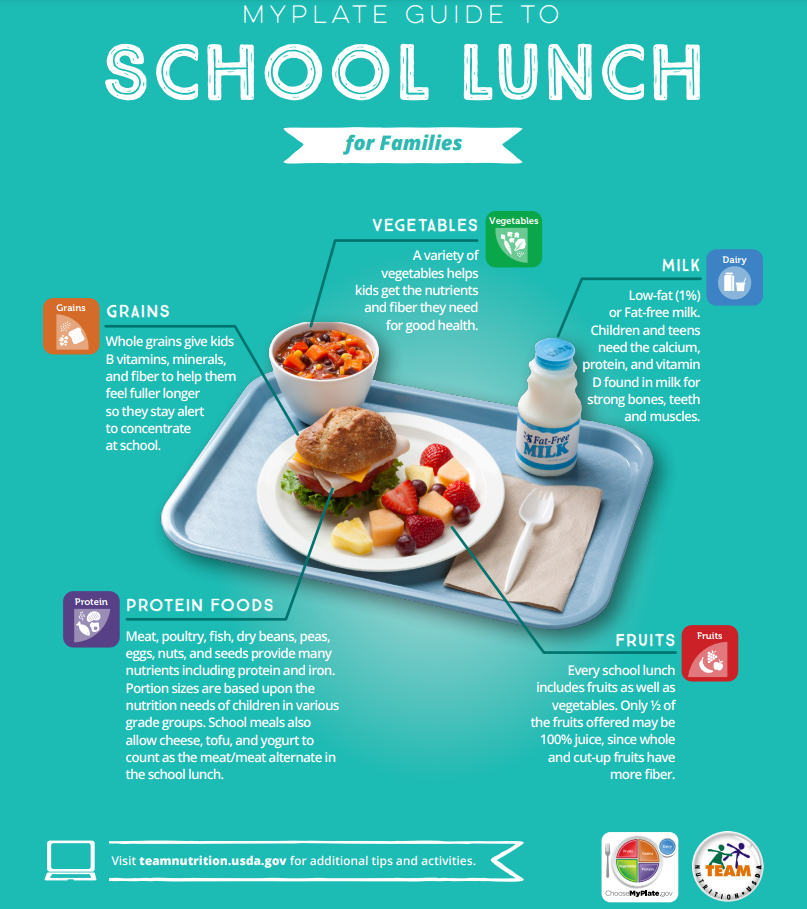Did you know that nearly 20% of children and adolescents in the US are obese? Kids with obesity are more likely to develop all kinds of physical and mental health issues. Heart disease, sleep apnea, asthma, and type 2 diabetes are just a few of the physical risks obese children face. And obese kids are more likely to experience depression, bullying, and feelings of low self-esteem and isolation. The good news is that by making a few small lifestyle changes, you can effect big results and better health.
Measuring obesity
The first step in combating childhood obesity is knowing how to calculate your child’s body mass index (BMI). The Centers for Disease Control and Prevention (CDC) have a great calculator for getting started—though we should note that this calculator “is not a source of clinical guidance,” and that you should consult your healthcare professional here at Horizon Family Medical Group for professional advice.
Now that you know your child’s BMI, you can start making changes. The CDC recommends the following:
- Eating better
- Exercising more
- Reducing sugar
- Reducing screentime
- Sleeping enough
Eating better
This should come as no surprise: a healthier diet leads to better health. Seems simple, but only “2% of high school students ate enough vegetables, and 7% ate enough fruit.” Moreover, the CDC says kids need a diet “rich in fruits, vegetables, whole grains, lean proteins, and low-fat or fat-free dairy.”

Exercising more
Healthcare professionals recommend kids get 60 minutes or more of exercise every day. Strong hearts and lungs not only reduce the risk heart disease but also reduces the risk of mental health conditions such as depression.
Reducing sugar
You may be surprised at how much sugar is in many of the foods we buy; even some of the foods we think are healthy. We know soda contains lots of sugar, but take a look at that juice box or flavored milk. Unless your juice is 100% juice, odds are that juice drink is packed with sugar.
According to the CDC, “children under age 2 should have no added sugar in their diet at all, and children over age 2 should keep sugars to less than 10% of their daily calories.” Instead of flavored drinks, stick with water or plain low-fat milk.
Reducing screentime
This may be a tough one. Adults and kids spend hours and hours every day on screen time. So step one in reducing screentime is to measure how much time your child currently spends playing video games, watching TV, etc. Most devices have apps that can help you track your screentime. But you may want to try keeping a log for a week or two. That’ll help you determine where and when to cut some of that sedentary time. In fact, the American Academy of Pediatrics (AAP) recommends the whole family create and maintain a family media plan. You can learn more about that plan by visiting their website: https://www.healthychildren.org/English/media/Pages/default.aspx.
Sleeping enough
Your kids might need more sleep than they’re getting. Here’s a quick breakdown:
- Kids ages 6-12 years: 9-12 hours of sleep
- Kids ages 13-18 years: 8-10 hours of sleep
That means, if your teenager is going to bed at 11:30 pm and waking up for school at 6 am, she isn’t getting nearly enough sleep. And poor sleep is “critical to prevent type 2 diabetes, obesity, injuries, poor mental health, and problems with attention and behavior.”

